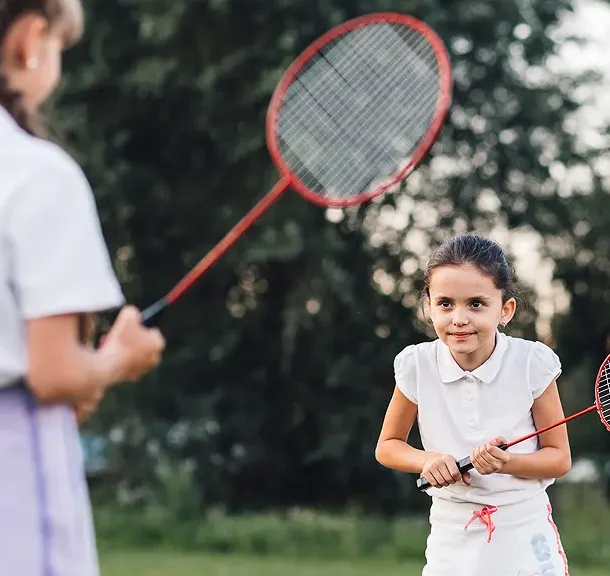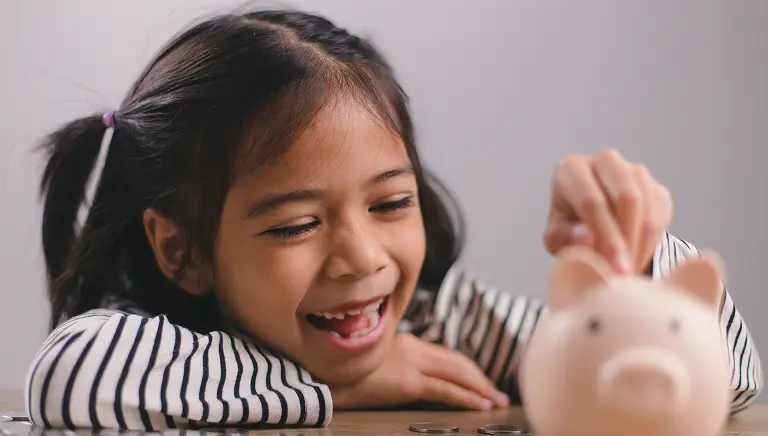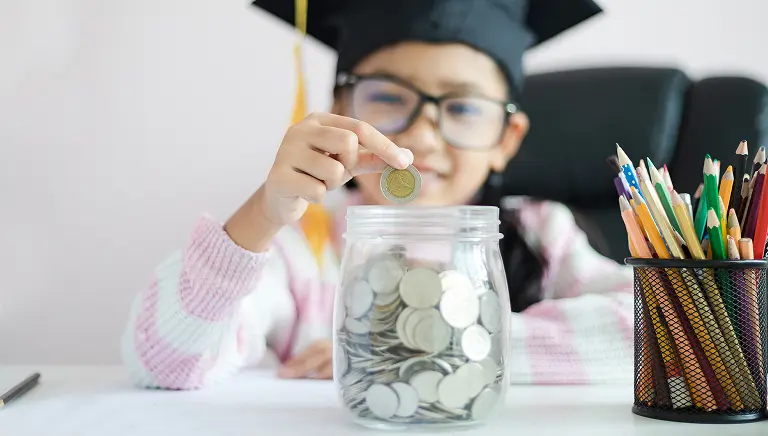

Introduction
Ever thought math and money could be best friends? Well, they can! 😊 Let’s talk about how math can help us play, plan, and even save better. I promise this won’t be one of those boring “money” talks — we’re going to make it fun and real, just like life at Sunbeam International School ICSE, where learning feels like an adventure.
Why Money + Math = Fun
You might think math is just about numbers and homework. But what if I told you that those same numbers can help you buy your favorite toy, plan your birthday party, or even save for that cool backpack you saw last week?
That’s what happens when math meets money — it becomes life! Once you see how numbers work in your pocket, you’ll realize math isn’t scary at all. It’s your super tool for smart living
What Is Money Management (Explained Like You’re 5!)
Imagine you have ten candies. If you eat all of them today, what’s left for tomorrow? 😢 Nothing! But if you eat five and save five, you can enjoy them for two days.
That’s what money management is — knowing when to enjoy and when to save. It’s not about having a lot, it’s about using what you have wisely.
Why Is It Important for Students to Be Concerned?
It is awesome to be a student learning how to manage money at an early age. Think of it as riding a cycle. Once you know how — you never forget. Riding gives you courage, independence, and a chance to make your own decisions.
At Sunbeam International School ICSE, teachers factor in daily rituals, using examples from pocket money or budgeting for lunch to show how mathematics fits into real life.
Counting Coins and Bills: The Fundamentals of Money

Coins are shiny, clinky little circles that allow you to purchase ice creams 🍦. Notes are colourful and paper magic that allow you to purchase bigger things. When you are counting, adding, or subtracting, you are using mathematics — that’s it working for you.
Let’s suppose you have five ₹10 notes, then that’s ₹50. So, through mathematics, you are the boss of your wallet.
Budgeting: Your Trip Specialist for Your Money
Budgeting is like the map to support your money travel journey, where you decide where every rupee and paisa goes. You spend a little (for fun, i.e. software games), you save for later (in case of emergency or education), and you share a little (when kindness needs to be demonstrated).
When you make budgetary decisions, your money has not disappeared — it has just travelled.
Saving: The Magic Jar Trick
Take a jar, name it “My Money Jar.” Each time you get coins or pocket money, drop some inside. Watch it grow! Slowly, it gets heavier — that’s your reward for patience.
If you save ₹5 every day, in 20 days you’ll have ₹100. Wow, right? That’s how small numbers become big dreams.
Spending Smart: Make Math Your Shopping Buddy
Have you ever gone to a store with ₹50 and wanted everything? Here’s where math comes in.
If the toy you want costs ₹40, you know you’ll have ₹10 left. Maybe enough for a small chocolate too! Compare prices, check offers, and decide wisely — you’ll feel like a money superhero!
Even at Sunbeam International School ICSE, teachers encourage children to compare costs during projects, teaching the art of smart spending naturally.
Earning Your Own Coins

Guess what? You can earn too! Help around the house, wash your bicycle, water plants, or sell your handmade bracelets.
When you earn money, it feels different — more valuable. You realize how effort turns into coins. And math helps you track how much you’ve made, spent, and saved.
Learning Money Through Play
Money doesn’t have to be serious! You can learn while playing. Games like Monopoly teach buying and selling. Or play “Shop at Home” — your family acts as shopkeepers, and you buy things using fake notes.
You’ll practice counting, change, and even negotiation. It’s like math but with laughter!
A Sweet Story: Cookies and Coins
When I was little, my grandma gave me 20 cookies. She said, “Spend some, save some.” I thought she was joking — cookies aren’t money! But when I saved a few for later, they tasted even better.
That’s when I realized — saving doesn’t mean losing fun, it means spreading it out! Money works the same way.
How Schools Make It Fun

Schools like Sunbeam International School ICSE blend math and life lessons beautifully. They do “classroom markets,” where kids use fake money to buy and sell craft items, learning how transactions work. It’s practical, exciting, and builds real-world skills.
Imagine buying your friend’s paper airplane for ₹5 and selling your origami heart for ₹7. You just made ₹2 profit — boom, young entrepreneur alert!
Parents and Teachers: Your Role in This Game
Adults don’t need to lecture kids about money — they just need to involve them. Give small allowances, let them make small choices, and guide them when they make mistakes.
When parents say, “You decide if you want to buy that or save,” it makes children feel trusted. That’s how confidence grows
Mistakes Are Totally OK!
Maybe you’ll spend all your pocket money on snacks and later regret it. Guess what? That’s a good thing. Because next time, you’ll plan better. Every “oops” teaches you something new.
Even big people make money mistakes, so don’t worry! The key is learning, not perfection.
A Fun Project: Your Money Story Book
Here’s something to try:
Create a mini “Money Story Book.”
Draw your savings jars, write what you bought, what you saved, and what you shared.
After a month, look back. You’ll see how smart you’ve become — all thanks to math and real life!
Math + Life = Your Superpower
Math isn’t just for classrooms or exams. It’s in your lunch box budget, your pocket savings, even in your ice cream choices. When math meets life, you get the power to think clearly, plan wisely, and live happily.
At Sunbeam International School ICSE, students learn that real education is when lessons jump out of books and dance into daily life. And money math is one of the coolest dances you can learn.
Summary
Today, we explored how math and money work hand in hand. From saving jars to classroom shops, every step teaches us how to think smart and act wisely. Whether it’s planning a party or choosing a toy, math makes you the hero of your own money story.
So go ahead — grab those coins, make a plan, and start your money adventure. Your future self will thank you!

